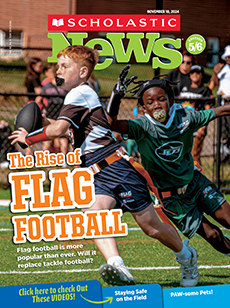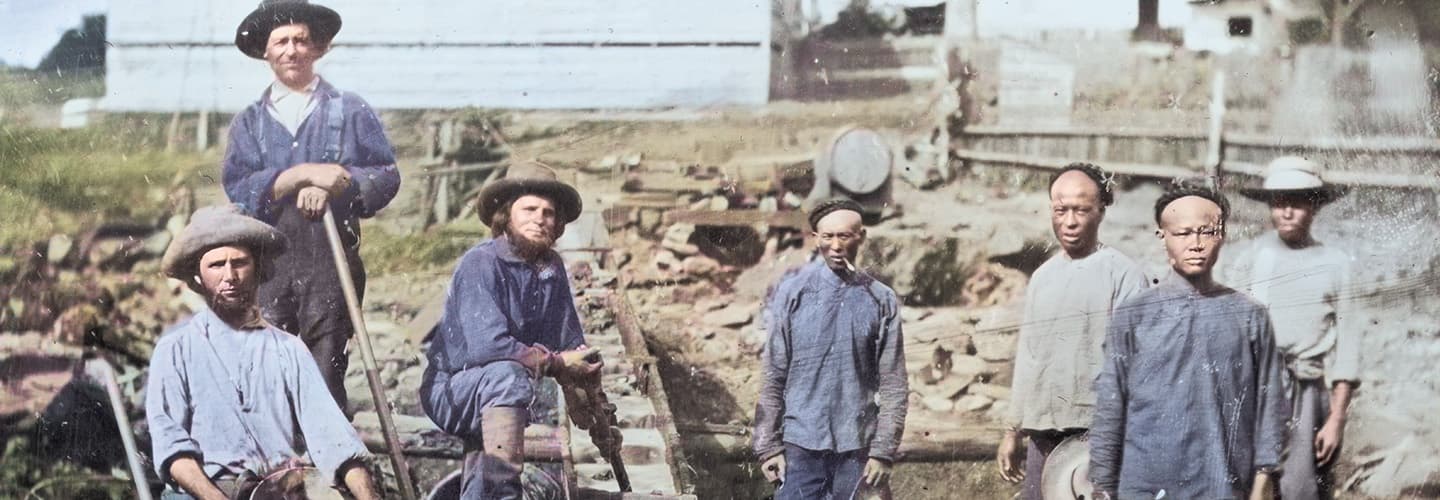MICHAEL MACOR/The San Francisco Chronicle via Getty Images
This is believed to be one of the first pieces of gold found at Sutter’s Mill.
Something shiny sparkled in the water. The pebble caught the eye of James W. Marshall. It was January 24, 1848, and the carpenter was building a sawmill on the American River in what is now Coloma, California.
He couldn’t believe what he had just found at the worksite, called Sutter’s Mill.
“It made my heart thump, for I was certain it was gold,” Marshall later wrote.
Soon he spotted another golden pebble sparkling in the sun. His discovery of those small pieces of the precious metal 175 years ago set off the California Gold Rush—and changed the U.S. forever. It led to the largest migration in the country’s history up to that point.
“When people learned that gold was available for the taking in California, many thousands traveled there from all over the world to seek their fortunes,” says H.W. Brands. He’s a historian who wrote a book about the Gold Rush.
Something shiny sparkled in the water. The pebble caught the eye of James W. Marshall. It was January 24, 1848. He was a carpenter building a sawmill on the American River in what is now Coloma, California.
The worksite was called Sutter’s Mill. Marshall couldn’t believe what he had just found there.
“It made my heart thump, for I was certain it was gold,” Marshall later wrote.
Soon he spotted another golden pebble sparkling in the sun. He discovered those small pieces of the precious metal 175 years ago. His discovery set off the California Gold Rush. It changed the U.S. forever. The gold rush was the largest migration in the country’s history up to that point.
“When people learned that gold was available for the taking in California, many thousands traveled there from all over the world to seek their fortunes,” says H.W. Brands. He’s a historian who wrote a book about the Gold Rush.

